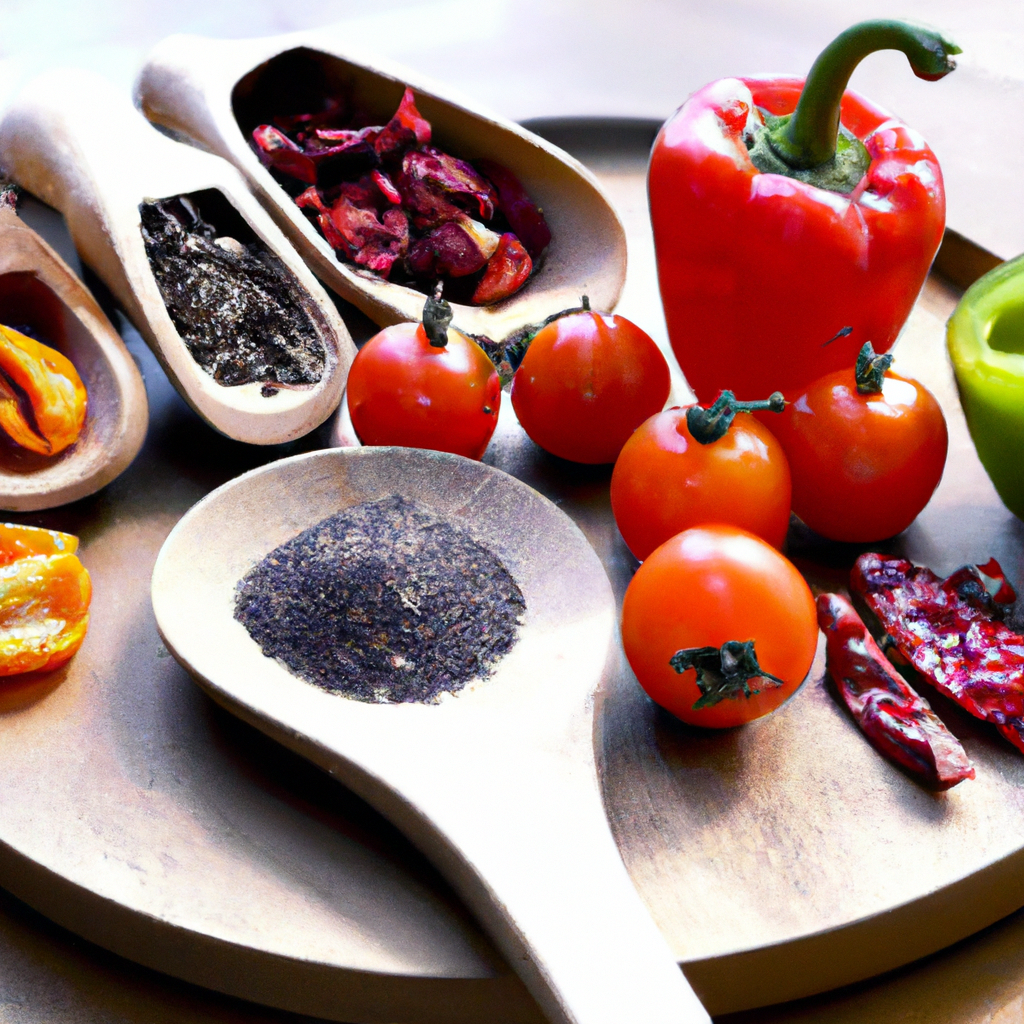When we think of our favorite foods, it’s not just the taste that we love, but also the aroma and flavor. From the smell of freshly baked bread to the taste of a perfectly cooked steak, scents and flavors play a crucial role in our food experience. But how are these scents and flavors scientifically created in food manufacturing? Let’s explore the process in detail.
Ingredient Technology and Flavor Chemistry
Food manufacturing involves a complex process of ingredient selection, processing, and packaging. One of the critical factors in creating the perfect flavor is ingredient technology. This involves selecting ingredients that provide the desired flavor profile. For example, if you want to create a strawberry-flavored yogurt, you need to choose the right strawberry extract that will deliver that flavor.
Flavor chemistry is another crucial aspect of creating flavors in food manufacturing. Flavor chemists use complex chemical reactions to create the desired flavor profile. This process involves creating aroma compounds that combine to create the flavor of the food. For example, the compound responsible for the smoky flavor in bacon is created by a chemical reaction between amino acids and sugars.
Sensory Analysis
Sensory analysis plays a crucial role in food manufacturing. It involves testing the flavor and aroma of foods to ensure they meet the desired profile. This process involves panels of trained sensory analysts who test the food for various attributes such as taste, texture, and aroma. The results of these tests are used to fine-tune the flavor profile of the food.
Food Additives
Food additives are substances added to food during processing to enhance flavor, texture, and shelf life. These additives can be natural or synthetic, and their use is regulated by food safety authorities. Some commonly used food additives that enhance flavor include monosodium glutamate (MSG), which enhances umami flavor, and citric acid, which enhances sourness.
Food Processing
Food processing is another critical aspect of creating flavors in food manufacturing. Different processing techniques can affect the flavor of food. For example, roasting and grilling can create a smoky flavor, while baking can create a sweet and nutty flavor. The processing temperature and time also play a crucial role in flavor development.
Conclusion
In conclusion, creating scents and flavors in food manufacturing is a complex process that involves ingredient technology, flavor chemistry, sensory analysis, food additives, and food processing. The goal is to create a flavor profile that meets the desired taste and aroma of the food. With the right techniques, food manufacturers can create delicious and flavorful foods that keep us coming back for more.







